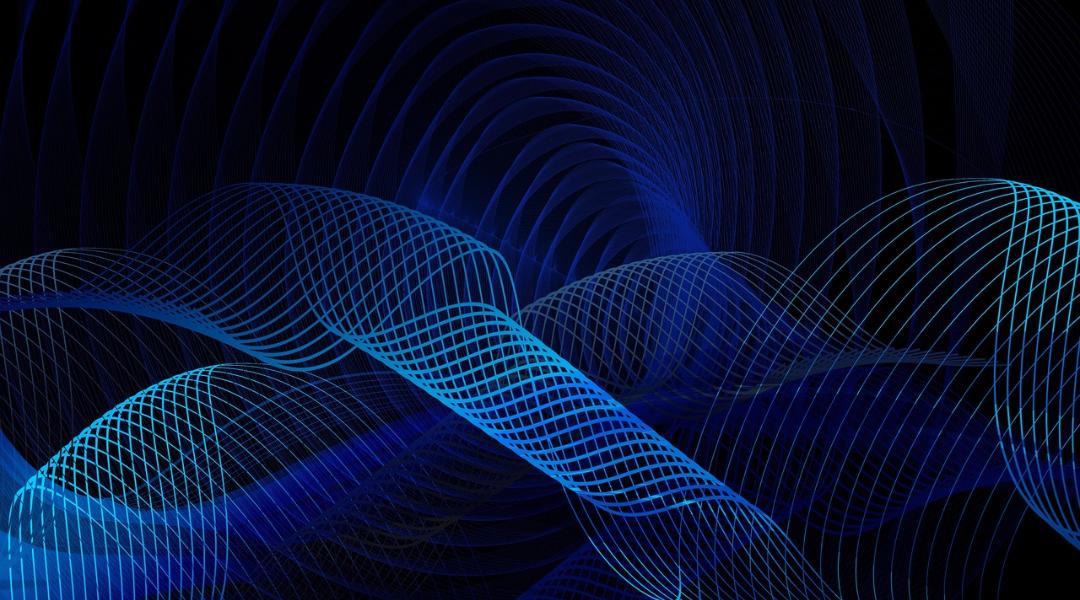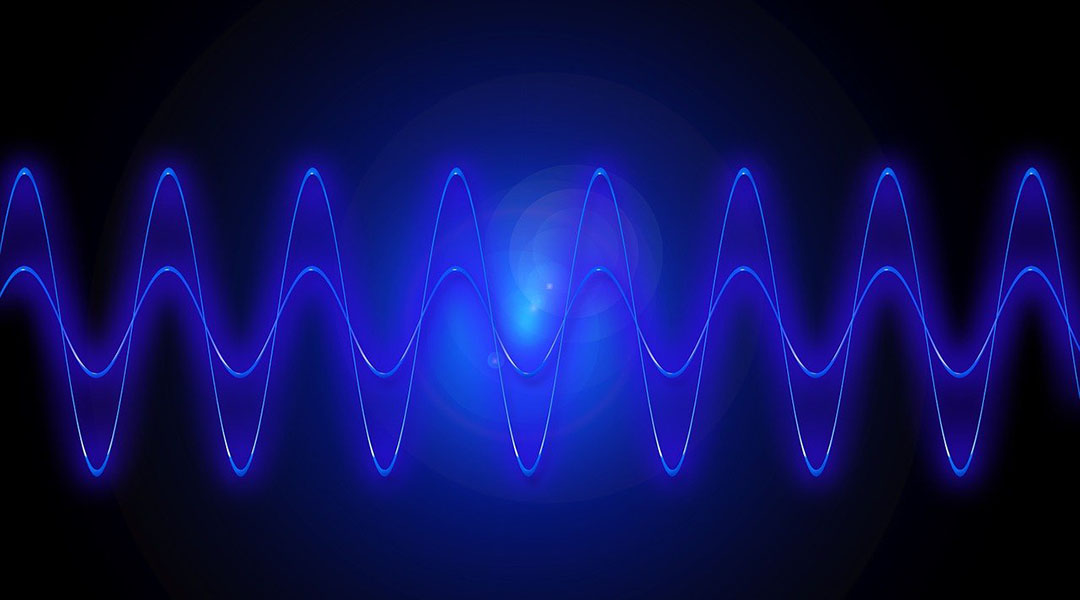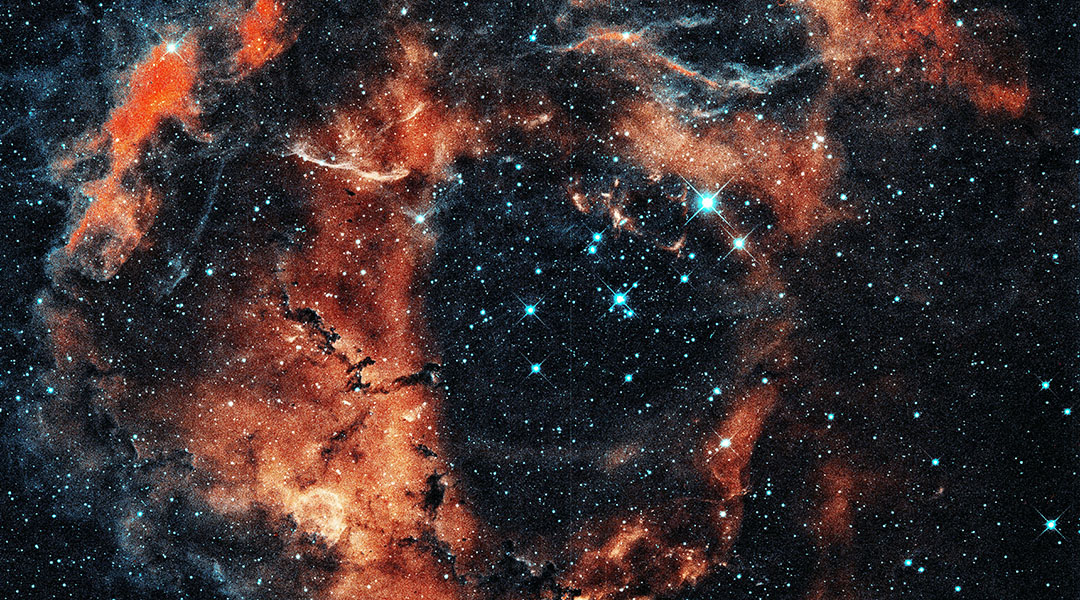Extra dimensions at the microscale could be tested experimentally within 3-5 years.


Extra dimensions at the microscale could be tested experimentally within 3-5 years.

Fermilab releases its final results, testing the Standard Model of particle physics.

A new theory proposes gravity isn’t a fundamental force but emerges from quantum electromagnetic interactions, potentially reshaping our view of spacetime itself.

SLAC scientists created ultra-dense electron beams with five times the peak current, using infrared lasers to unlock new frontiers in physics and materials research.

A new machine learning algorithm that can rapidly pinpoint the location of a neutron star merger using gravitational wave signals alone.

Dark matter could be composed of much lighter particles, with masses roughly ten times smaller than that of a proton.

If experimentally proven that gravity is classical, we will have to start from the beginning in a search for a satisfactory ontological picture of the world.

Computer simulations show that water likely appeared in the Universe much earlier than previously thought.

New high-resolution X-ray data reveal that turbulent gas motion, not just black hole activity, prevents star formation in cluster cores.

Scientists at the WEST tokamak in France set a new plasma duration record, bringing us closer to achieving nuclear fusion for clean energy.